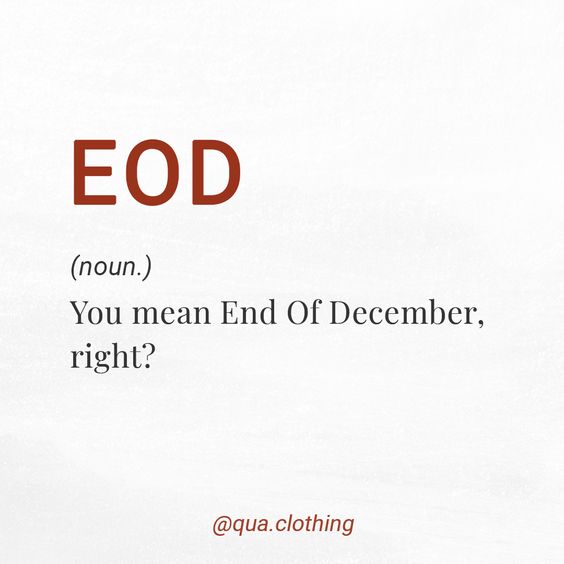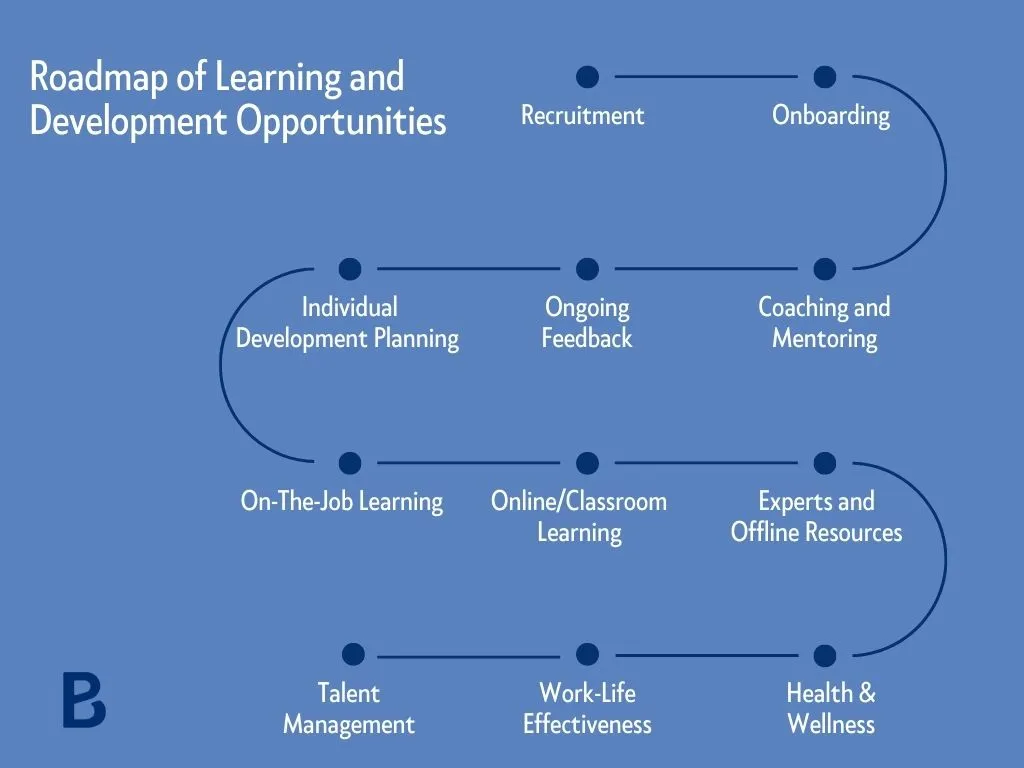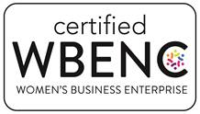Yes, you read that right. After hiring my first few employees, I made a vow: I’d never subject them to the dreaded performance review. Like many leaders, I assumed they were outdated, check-the-box exercises that everyone hated. But then something surprising happened—a team member actually requested one!
I was floored. Performance reviews, valuable? I had to know why. She explained that while our weekly meetings were helpful, she wanted dedicated time, once or twice a year, to dive deeper into what was going well, where she could improve, and to discuss areas we might overlook in the hustle of everyday work.
The Performance Review, Reinvented
So, we decided to give it a try. To keep things simple, we created this easy-to-use performance review form. Inspired by Reinventing Organizations, we designed the process to focus on growth, self-reflection, and meaningful feedback rather than just evaluation. And to our surprise—it worked!
Key Questions on Expectations and Parameters
One of the most insightful parts of our review process comes from three key questions that focus on parameters for success and expectations. These questions ask employees to reflect on the environment, workload, communication, and support they need to thrive. They also consider their own role and the organization’s role in helping them succeed.
I highly recommend asking these questions at least once a year—you’ll be amazed by the insights your team shares. It’s been a game-changer for understanding how to best support our team.
Peer-to-Peer Feedback
We decided to go against the grain here and encourage employees to request feedback directly from their peers, rather than having managers gather it. This approach fosters a culture of transparency and direct communication. While the first round of peer feedback might be overly positive, it’s about building the “feedback muscle” over time. Each review cycle becomes more constructive and valuable as trust grows.
In addition to the review form, we developed a set of tips to guide you through the performance review process—before, during, and after. Some of the best practices we’ve adopted include:
- Timing and Setting: We’ve found that holding reviews outside the office helps create a more open atmosphere. When that’s not possible, Zoom works well too.
- Follow-up Planning: After each review, we create a plan for the future, tracking follow-up items in our task management system. This keeps everyone accountable and ensures the feedback leads to action.
Making Reviews Valuable and Enjoyable
We’ve been using this system for 18 months now, with performance reviews every six months, and it’s transformed how we approach growth and feedback. Not only have our reviews become more valuable, but they’ve also become—dare I say it—a little enjoyable for everyone involved.
Whether you use our review template as is or adapt it to fit your company culture, I hope this approach helps you make the performance review process more meaningful, productive, and maybe even fun for your team.









